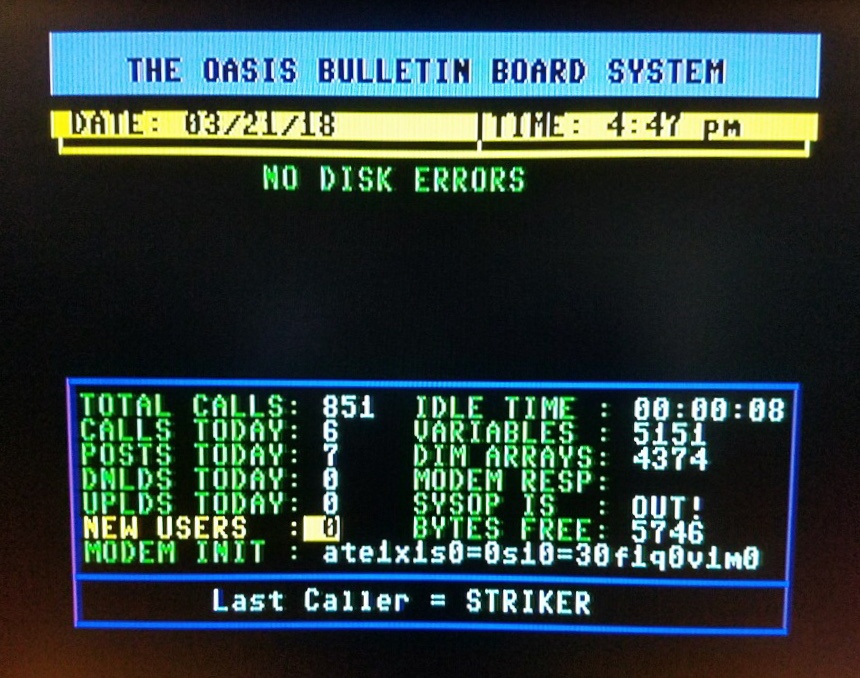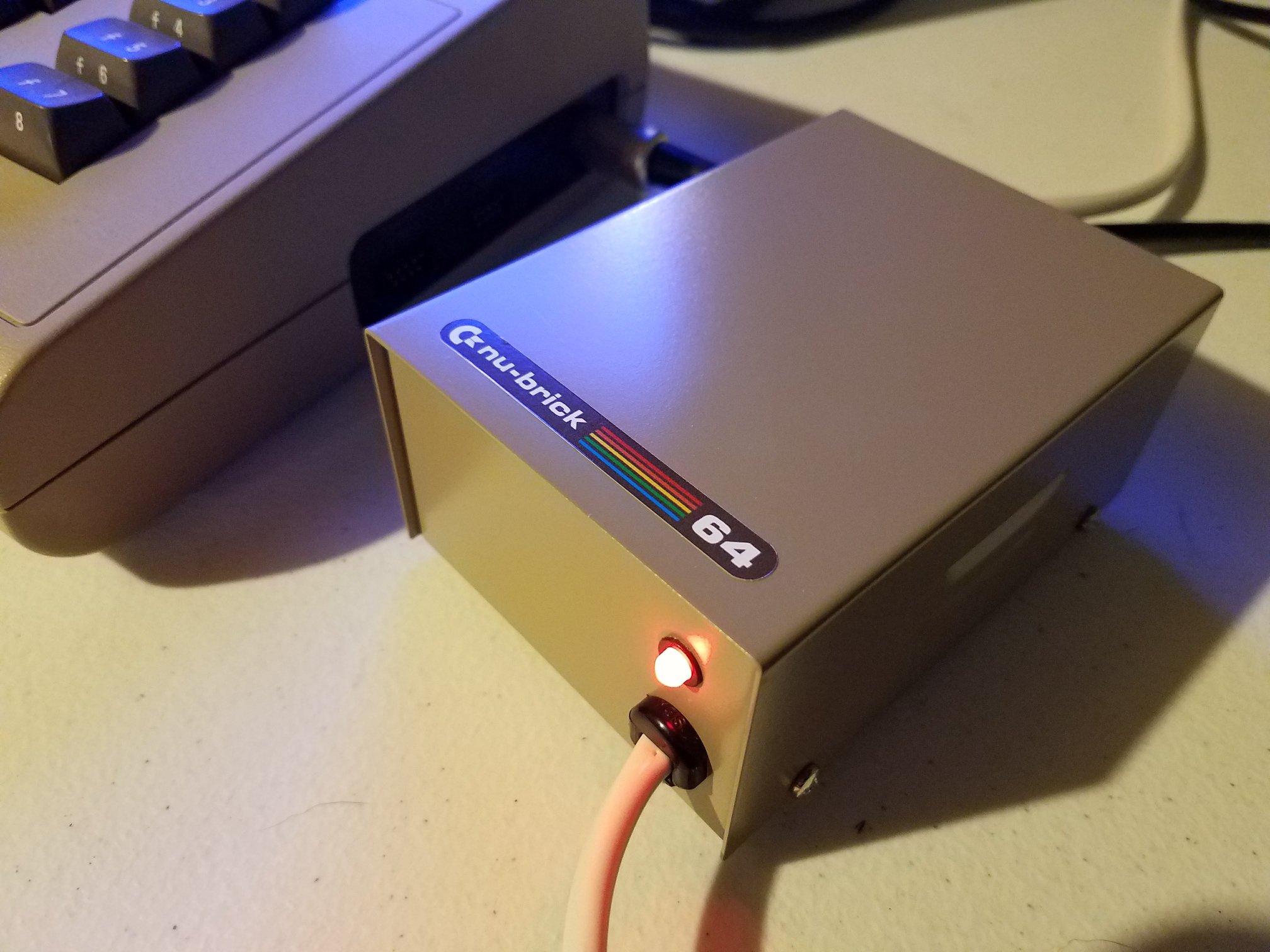In the latest video from the More Fun Fixing It channel, a Commodore 64C with peculiar issues takes center stage. Initially labeled as working but without sound or tape functionality, the system presented a curious case that required extensive troubleshooting.
Upon opening the unit, the blown fuse responsible for the lack of sound was immediately identified and replaced. Running DesTestMax confirmed that the system largely passed diagnostics, though occasional crashes raised suspicions. A different diagnostic tool flagged a PLA test failure, while the dead test cartridge reported a zero-page RAM issue—contradictory results that complicated the diagnosis.
Despite these inconsistencies, the system was able to boot games using a Kung Fu Flash cartridge, suggesting that the PLA might not be faulty. The VIC-II, SID, and RAM appeared functional, leaving the CIA chips and ROMs as potential culprits.
Scope analysis revealed questionable signals on certain pins of the CIA and ROM chips. A possible issue with chip select signals led to further investigation of U3, which controls ROM selection. With no definitive failures pinpointed, the focus shifted to desoldering the CIA for testing in another board. Swapping it into a known-good system showed that the suspected CIA was not the issue.
Attention then returned to the PLA. The desoldering process proved challenging due to the tight pin pitch of the SuperPLA, requiring extra care. With the PLA removed, the next step was to test a replacement to determine if it was indeed responsible for the erratic behavior.
This case exemplifies the complexity of diagnosing intermittent faults in vintage computers. With multiple conflicting test results, each potential failure point had to be ruled out methodically. The repair journey continues as further tests are conducted to finally uncover the root cause of the issue.







